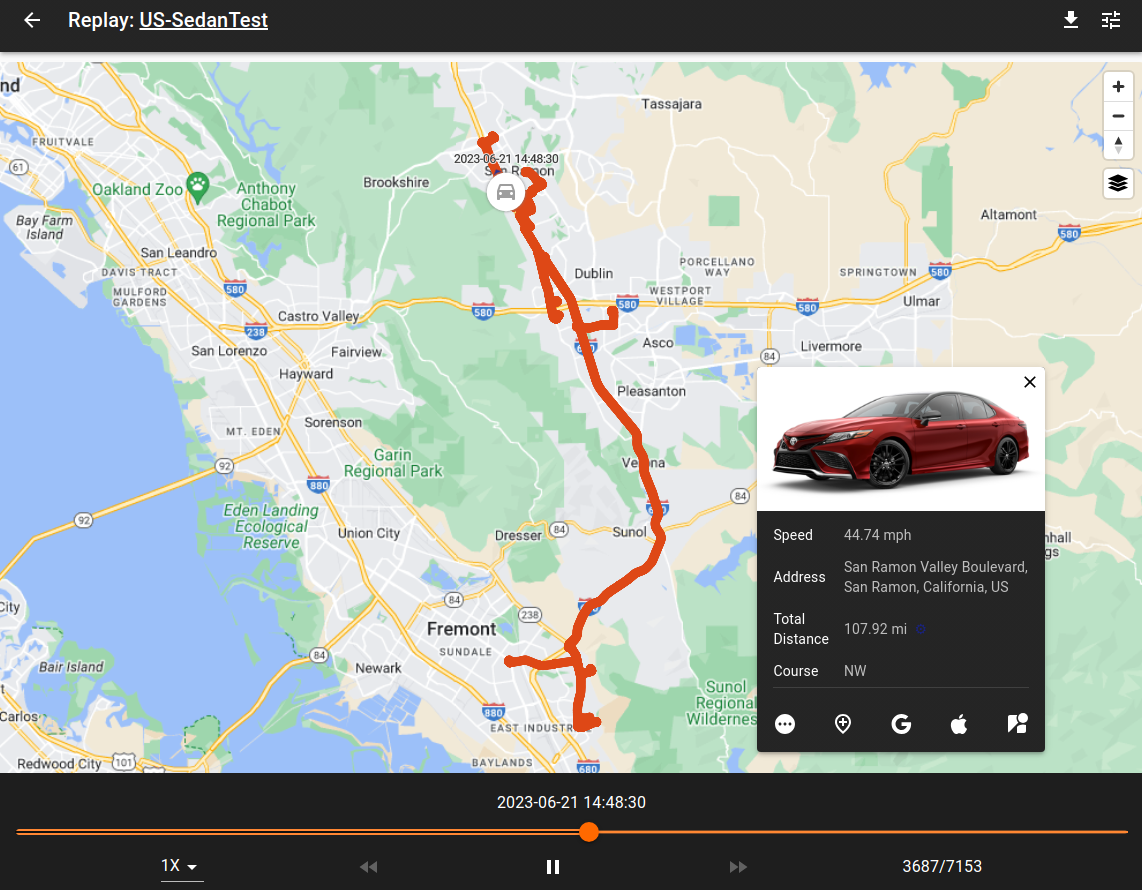Video Telematics

- Cloud-Based Platform
- Data Analytics
Video telematics solutions in IoT
- Video Cameras with optional ADAS
- Telematics Sensors
- Communication Network
Key Components of Video Telematics Solutions in IoT
Video Cameras
IoT-based video telematics solutions are equipped with high-quality cameras that record video footage inside and outside vehicles.
Telematics Sensors
These sensors collect data on vehicle parameters, such as speed, acceleration, braking, and GPS location.
Communication Network
The data captured by cameras and telematics sensors is transmitted through a cellular or other communication network to a centralized platform.
Cloud-Based Platform
The data is processed and stored on a cloud-based platform, making it accessible to fleet managers and other authorized personnel from any location.
Data Analytics
Video telematics solutions utilize data analytics to extract valuable insights from the video footage and telematics data


Join us Today
Key Benefits of Video Telematics Solutions in IoT
- Driver Safety
- Accident Reconstruction
- Training and Coaching
- Theft Prevention
- Operational Efficiency
- Compliance and Regulation
- Customer Service Improvement
- Incident Investigation
Customer Service Improvement
The video footage can be used to verify delivery and service details, leading to improved customer service and dispute resolution
Incident Investigation
Video telematics provides valuable evidence for investigating incidents, such as near-miss events or customer complaints, enabling timely resolution
Theft Prevention
Real-time video monitoring helps prevent theft and vandalism of vehicles and cargo, providing an additional layer of security
Compliance and Regulation
Video telematics solutions assist with compliance requirements, such as hours of service regulations for commercial drivers, by recording driving hours and supporting audit trails

In modernizing fleet management and transportation industries
By combining video monitoring with telematics data, businesses can enhance safety, optimize operations, and mitigate risks, ultimately leading to improved efficiency and reduced costs



